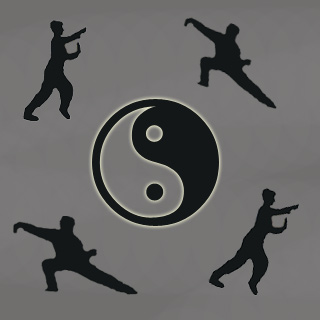
It was noted that arthritis-related musculoskeletal pain may pressurize patients in different ways. More so, this condition is believed to even have been categorized as an international health priority.
Patients seemingly may get relief from arthritic pain through a number of exercise therapies consisting of stretching, strengthening, and aerobic programs. On the other hand Tai Chi was stated to be a form of exercise which may aid in promoting and improving the over-all health of an individual. A systematic review and meta-analysis was believed to have been conducted in order to evaluate the effect of Tai Chi on patients with chronic musculoskeletal pain.
The investigators have elucidated that, “The fact that Tai Chi is inexpensive, convenient, and enjoyable and conveys other psychological and social benefits supports the use this type of intervention for pain conditions such as arthritis,†Further continuing that, “It is of importance to note that the results reported in this systematic review are indicative of the effect of Tai Chi versus minimal intervention (usual health care or health education) or wait list control.â€
For this purpose, around 7 randomized trials were believed to have been verified by these investigators. All these clinical trials presumably had made use of Tai Chi to improve the health and reduce the pain of patients with chronic musculoskeletal pain. Evidently the outcome seemed to reveal that this Chinese art form may infact have the ability to relieve patients with this type of pain.
Having said this it was also noted that a placebo-controlled trial may be needed to effectively determine the effects of Tai Chi on such patients.
This article was published in the June issue of Arthritic Care & Research.
